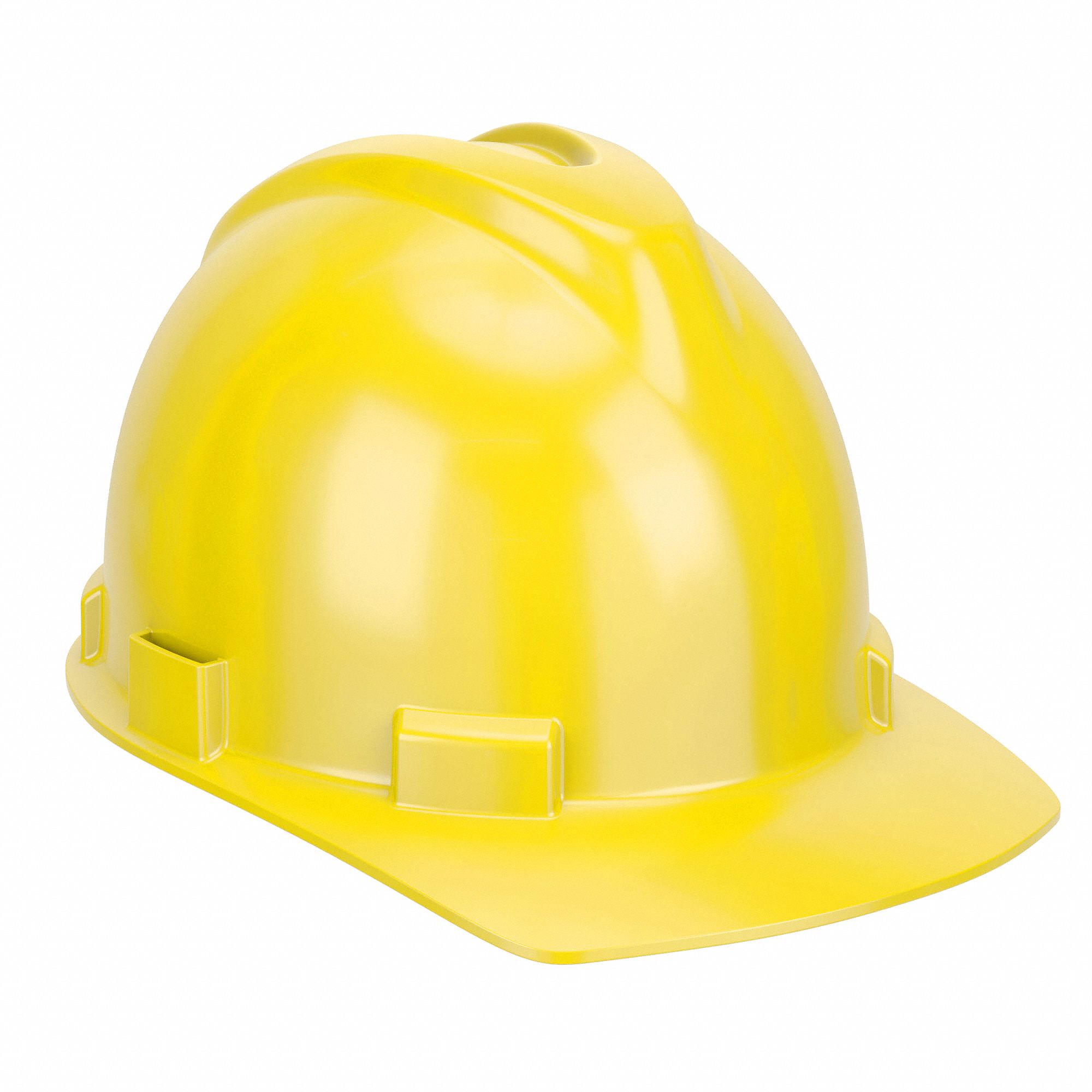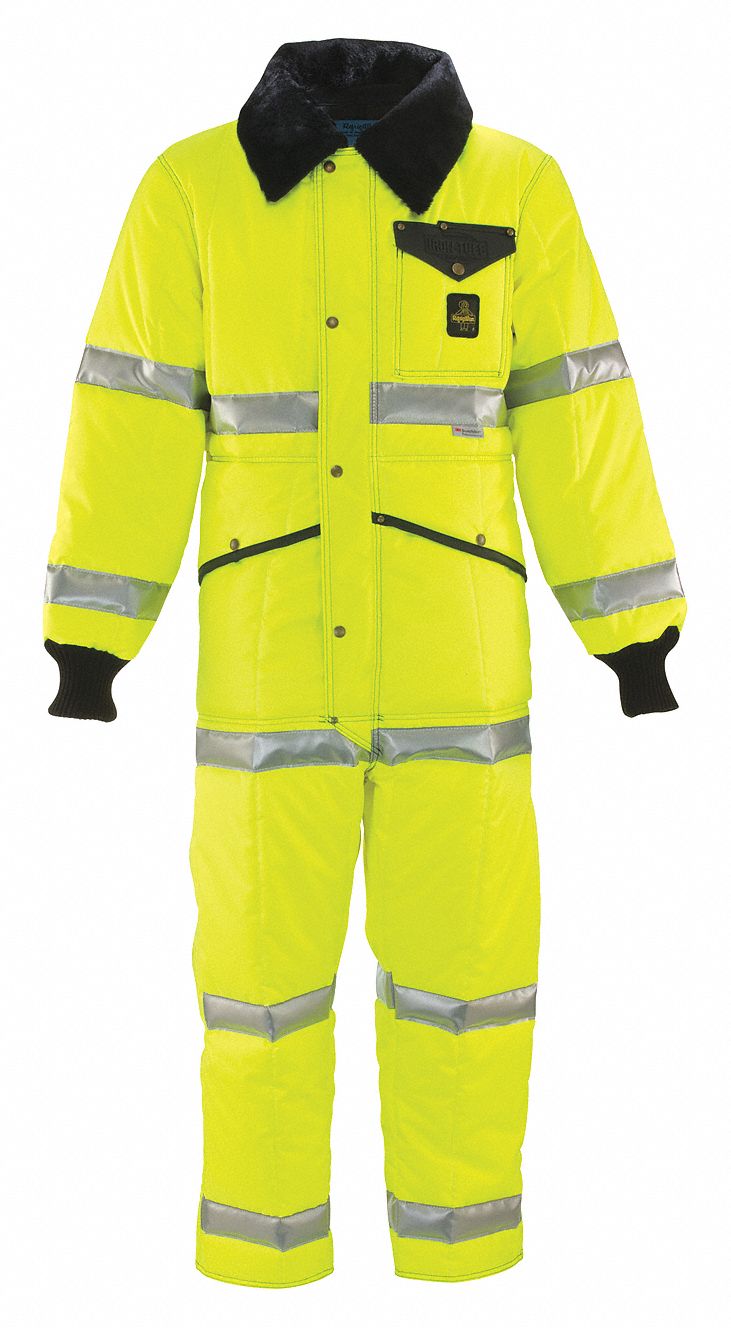

Ladder Safety Tips and Best Practices for Avoiding Ladder Accidents
By Grainger Editorial Staff 2/10/20


It can be easy to overlook proper ladder safety rules, but complacency can lead to accidents. Statistics from the Centers for Disease Control and Prevention (CDC) indicate that 43% of fatal falls in the last decade involved a ladder, and an estimated 81% of construction workers' fall injuries treated in U.S. emergency departments involve a ladder, according to Industrial Safety and Hygiene News (ISHN).
Failing to follow proper protocol when it comes to using ladders may result in workplace injuries and leave your company vulnerable to costly fines from the Occupational Safety and Health Administration (OSHA). Ladder violations were the third-most-cited issue in 2021, with a total of 2,018 violations issued. Find more information on OSHA ladder requirements here.
To raise awareness and help prevent complacency, consider these ladder safety tips:
- Download a ladder safety app. The National Institute for Occupational Safety and Health (NIOSH) has a ladder safety app for mobile devices (both iOS and Android) that features a multimodal indicator and a graphic-oriented guide for ladder selection, inspection, positioning, accessorizing and safety use.
- Create a ladder safety checklist to review before each use. People are more likely to remember ladder safety systems and guidelines if those guidelines are in front of their eyes each time they go to use a ladder. Print a ladder safety checklist on sticker paper, and then apply the checklist to the side of each ladder. The Boy Scouts of America offers tips and an example checklist.
- Conduct regular inspections to ensure ladders are in good condition. Problems like bent and broken steps can be hazardous. OSHA mandates that ladders be inspected for visible defects before their first use in a work shift, and more frequently as necessary. The California Department of Industrial Relations offers comprehensive guidelines to help with inspections.
- Require online ladder safety training. Consider requiring all current and new employees to take the online ladder safety training offered by the American Ladder Institute. The organization provides training on step, single, extension, articulated and mobile ladders so employees can learn safety for each ladder safety device used in their job. Each module has a quiz at the end to verify comprehension and retention of the information presented in the course.
- Teach proper ladder-climbing skills. Use the American Ladder Institute (ALI) three-point-of-contact climb to reduce slips and falls. The ALI recommends that the climber face the ladder when going both up and down. The climber should have three points of contact with the ladder at all times—either two hands and one foot, or two feet and one hand.
- Teach the Four-to-One rule. What is the correct angle for a ladder? The four-to-one rule can help you get the angle right. According the California Department of Industrial Relations, a ladder should be positioned one foot out for every four feet up. For example, if a ladder is leaning against the top of a 20-foot wall, the base should be five feet away from the wall.
- Celebrate National Ladder Safety Month. Every March, the American Ladder Institute (ALI) celebrates National Ladder Safety Month to encourage people and businesses to follow ladder safety rules. Consider using this “holiday” as a way to remind employees about ladder safety. You can hold ladder safety training workshops and post flyers around the warehouse. A fun way to celebrate includes holding contests between departments for who earns the most points during random ladder safety checks.
![]()
The information contained in this article is intended for general information purposes only and is based on information available as of the initial date of publication. No representation is made that the information or references are complete or remain current. This article is not a substitute for review of current applicable government regulations, industry standards, or other standards specific to your business and/or activities and should not be construed as legal advice or opinion. Readers with specific questions should refer to the applicable standards or consult with an attorney.











